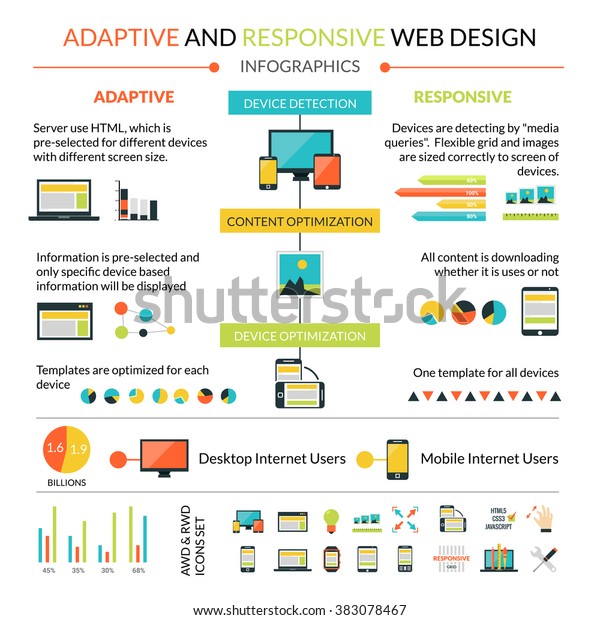Intrigued In Discovering Just How Site Style Has Altered Over The Years? Discover The Development From Basic, Straightforward Designs To User-Centered Techniques That Prioritize The Needs And Preferences Of On The Internet Visitors
Intrigued In Discovering Just How Site Style Has Altered Over The Years? Discover The Development From Basic, Straightforward Designs To User-Centered Techniques That Prioritize The Needs And Preferences Of On The Internet Visitors
Blog Article
Article Created By-Carstens Wong
In the past, internet sites were straightforward and concentrated on details. Navigating was direct, and layout was for desktop computers. Now, customer experience is essential. Information guides styles for simple navigating. Receptive layouts suit various gadgets. Today, dark mode lowers strain, and minimal food selections enhance navigation. Interactive functions engage individuals, and strong visuals stick out. https://www.valuewalk.com/mass-economics-of-digital-marketing-is-putting-businesses-on-the-map/ enhances involvement. See just how style has advanced to improve your on-line journey.
Early Days of Web Design
In the early days of web design, simpleness preponderated. Sites were basic, with minimal shades, font styles, and formats. The emphasis got on giving info as opposed to flashy visuals. Users accessed the internet with slow-moving dial-up links, so rate and performance were essential.
Navigating menus were straightforward, normally located on top or side of the web page. Sites were made for computer, as mobile surfing wasn't yet common. Web content was king, and designers prioritized very easy readability over intricate style elements.
HTML was the main coding language utilized, and developers needed to work within its restraints. Animations and interactive functions were marginal contrasted to today's requirements. Internet sites were static, with little vibrant material or individualized individual experiences.
Increase of User-Focused Style
With the evolution of website style, a shift in the direction of user-focused layout principles has actually become significantly noticeable. Today, creating sites that prioritize individual experience is essential for involving visitors and accomplishing company goals. User-focused design entails recognizing the requirements, preferences, and habits of your target market to customize the website's format, material, and features as necessary.
Developers now perform complete research study, such as user studies and usability testing, to gather insights and comments directly from customers. This data-driven approach aids in creating instinctive navigation, clear calls-to-action, and visually appealing user interfaces that resonate with site visitors. By placing small business search engine marketing at the facility of the layout procedure, websites can supply an extra tailored and enjoyable experience.
Responsive style has actually likewise become a vital element of user-focused style, making certain that internet sites are enhanced for various tools and display dimensions. This flexibility enhances ease of access and functionality, satisfying the varied methods customers engage with internet sites today. Basically, the increase of user-focused design signifies a shift in the direction of producing electronic experiences that focus on the needs and assumptions of the end individual.
Modern Trends in Website Design
Explore the current patterns forming web design today. One noticeable pattern is dark setting style, offering a streamlined and modern look while lowering eye strain in low-light settings. An additional essential pattern is minimal navigation, streamlining food selections and improving customer experience by concentrating on essential elements. Including micro-interactions, such as animated buttons or scrolling results, can produce a much more interesting and interactive website. Responsive layout continues to be vital, making sure smooth user experiences throughout numerous tools. Furthermore, using strong typography and unbalanced designs can include visual interest and accentuate specific web content.
Integrating AI modern technology, like chatbots for customer support or personalized recommendations, boosts customer engagement and improves procedures. Ease of access has also come to be a considerable fad, with developers focusing on comprehensive layout techniques to satisfy diverse user requirements. Welcoming sustainability by optimizing internet site performance for rate and efficiency is one more arising trend in web design. Working together with user comments and information analytics to repeat and boost layout constantly is essential for staying appropriate in the ever-evolving electronic landscape. By accepting these modern fads, you can produce a visually appealing, straightforward website that resonates with your target market.
Verdict
As you assess the advancement of internet site design from the very early days to currently, you can see exactly how user-focused style has actually ended up being the driving force behind modern-day patterns.
Welcome the journey of adjustment and adjustment in website design, always keeping the customer experience at the leading edge.
Stay existing with the most recent fads and technologies, and never ever stop progressing your strategy to develop aesthetically stunning and easy to use web sites.
Progress, adapt, and develop - the future of web design remains in your hands.
